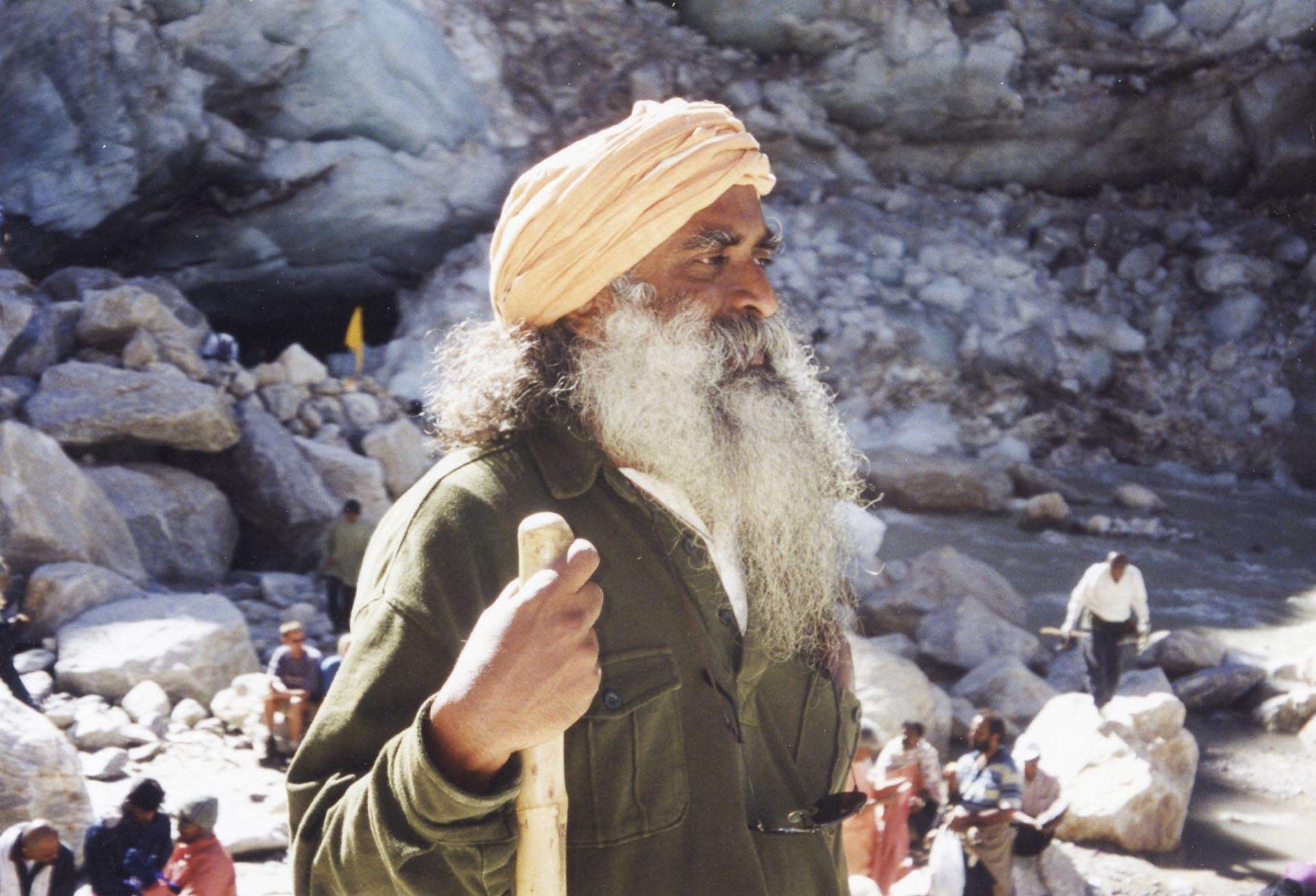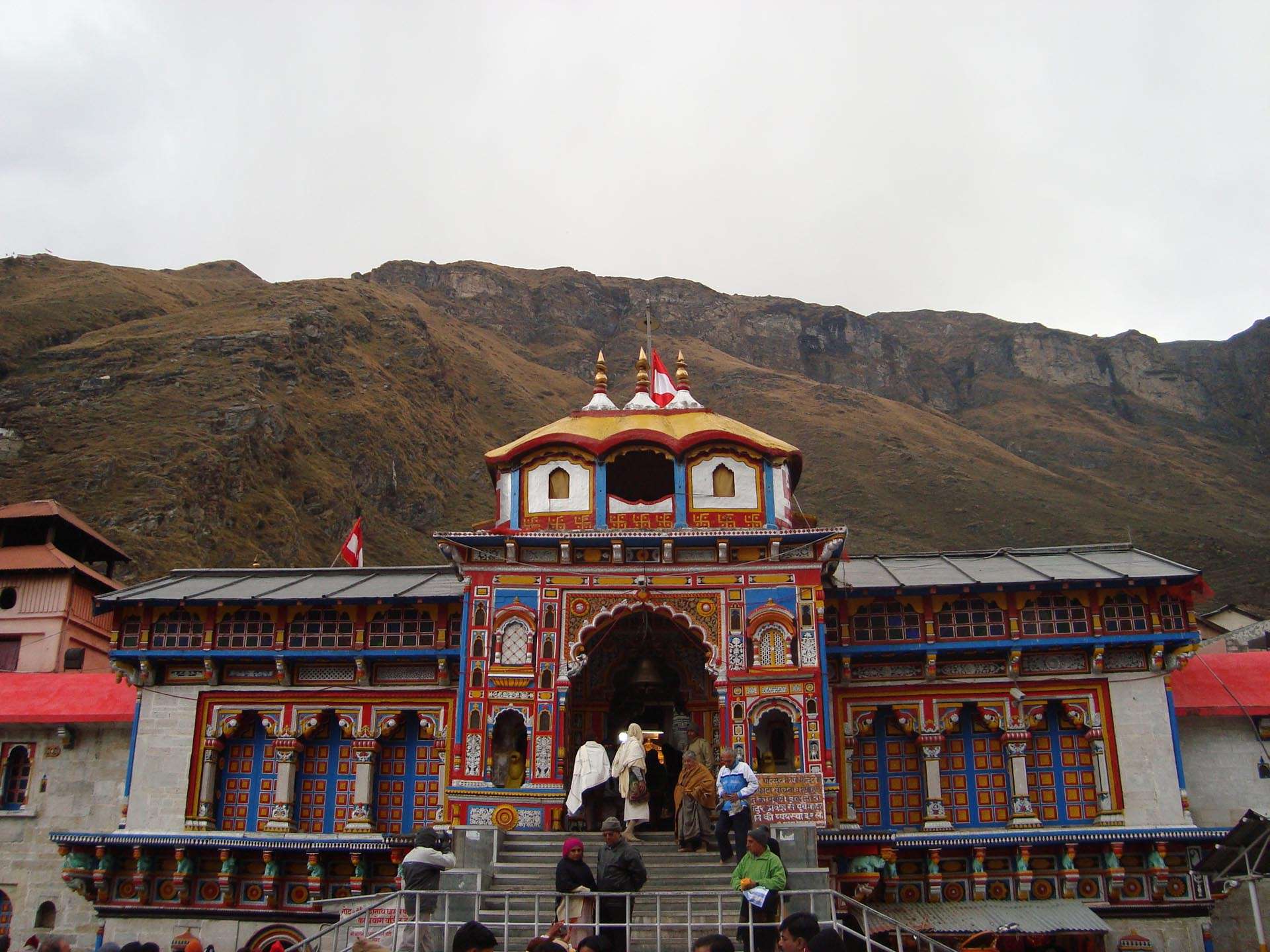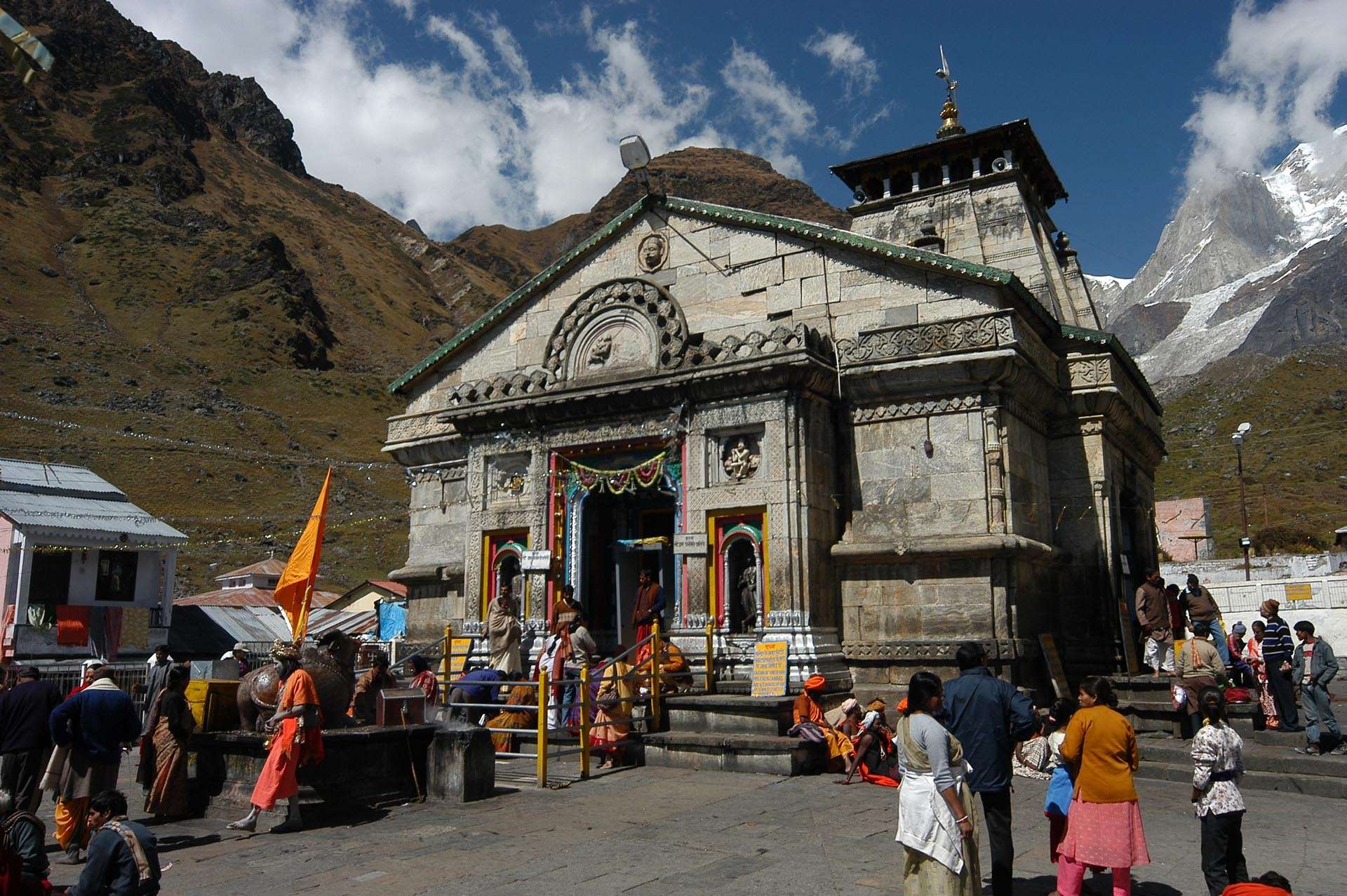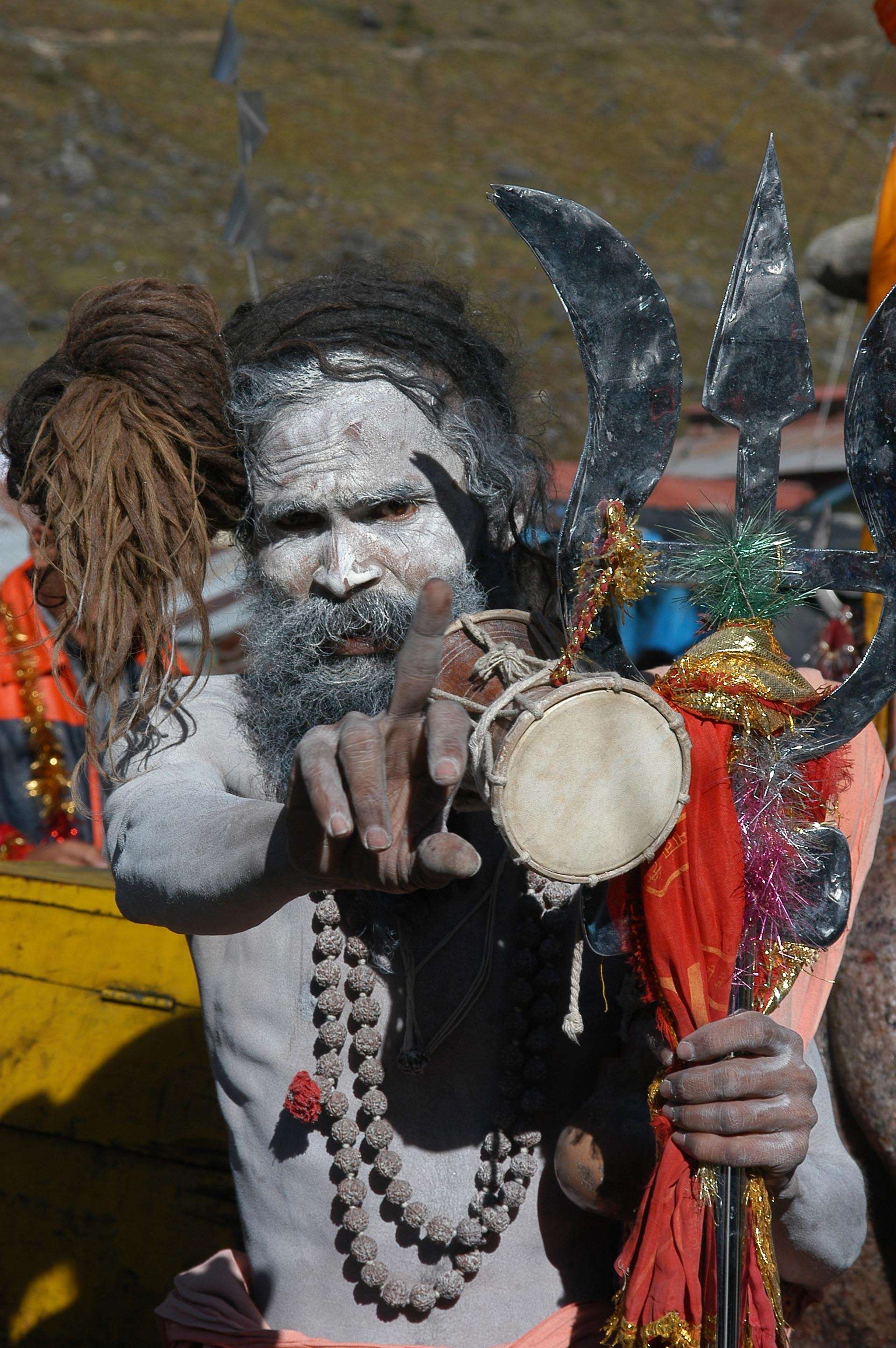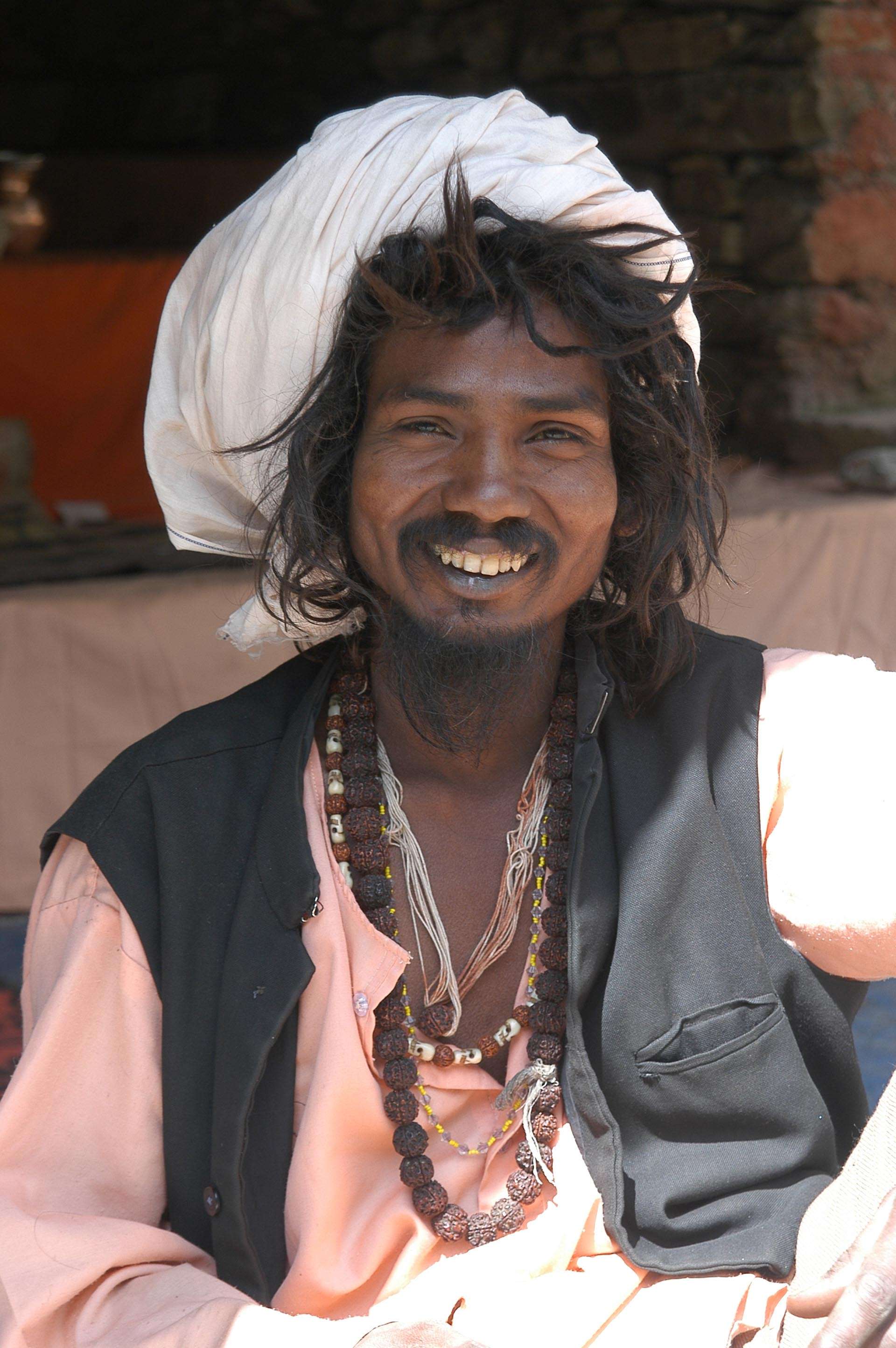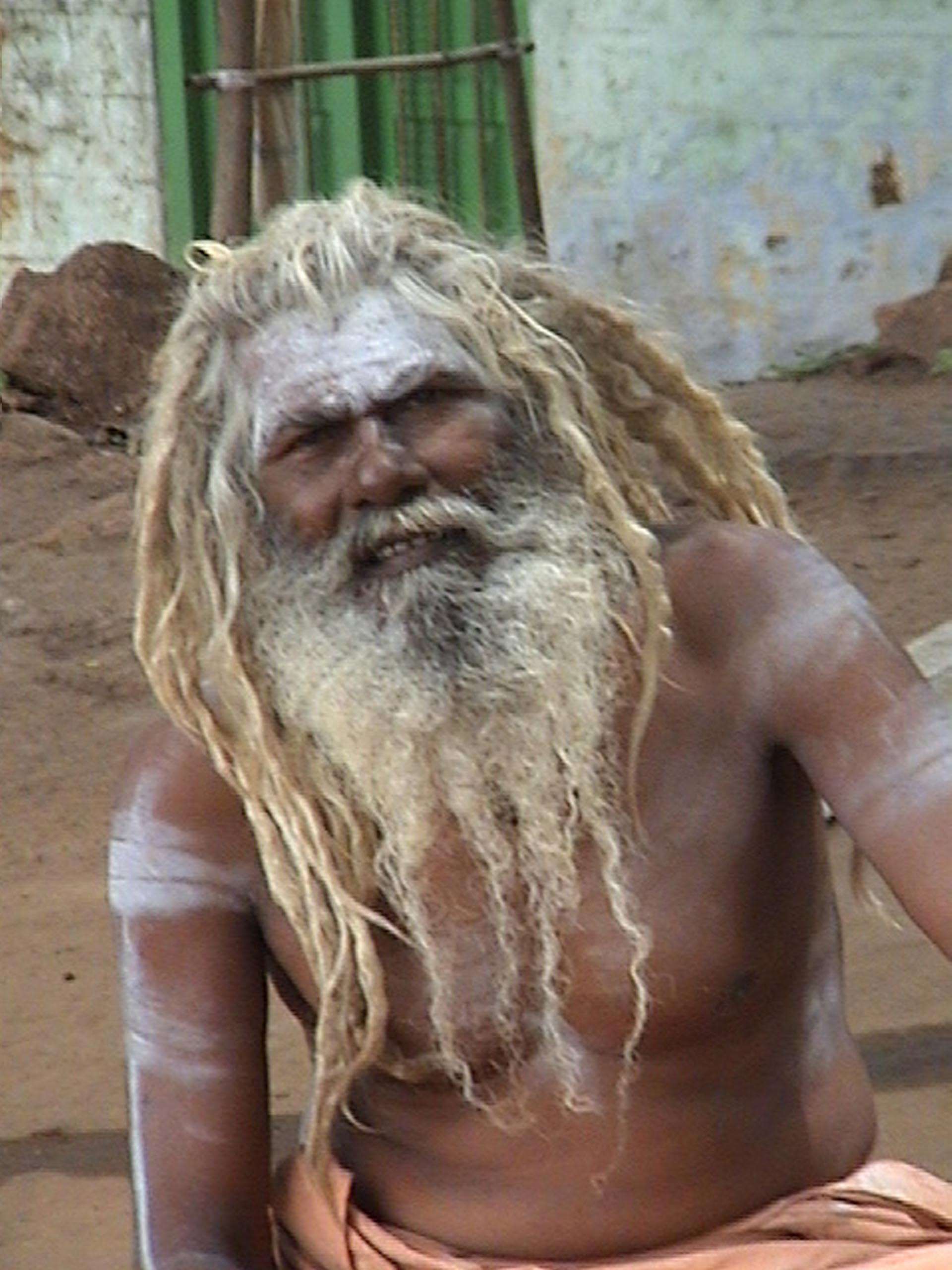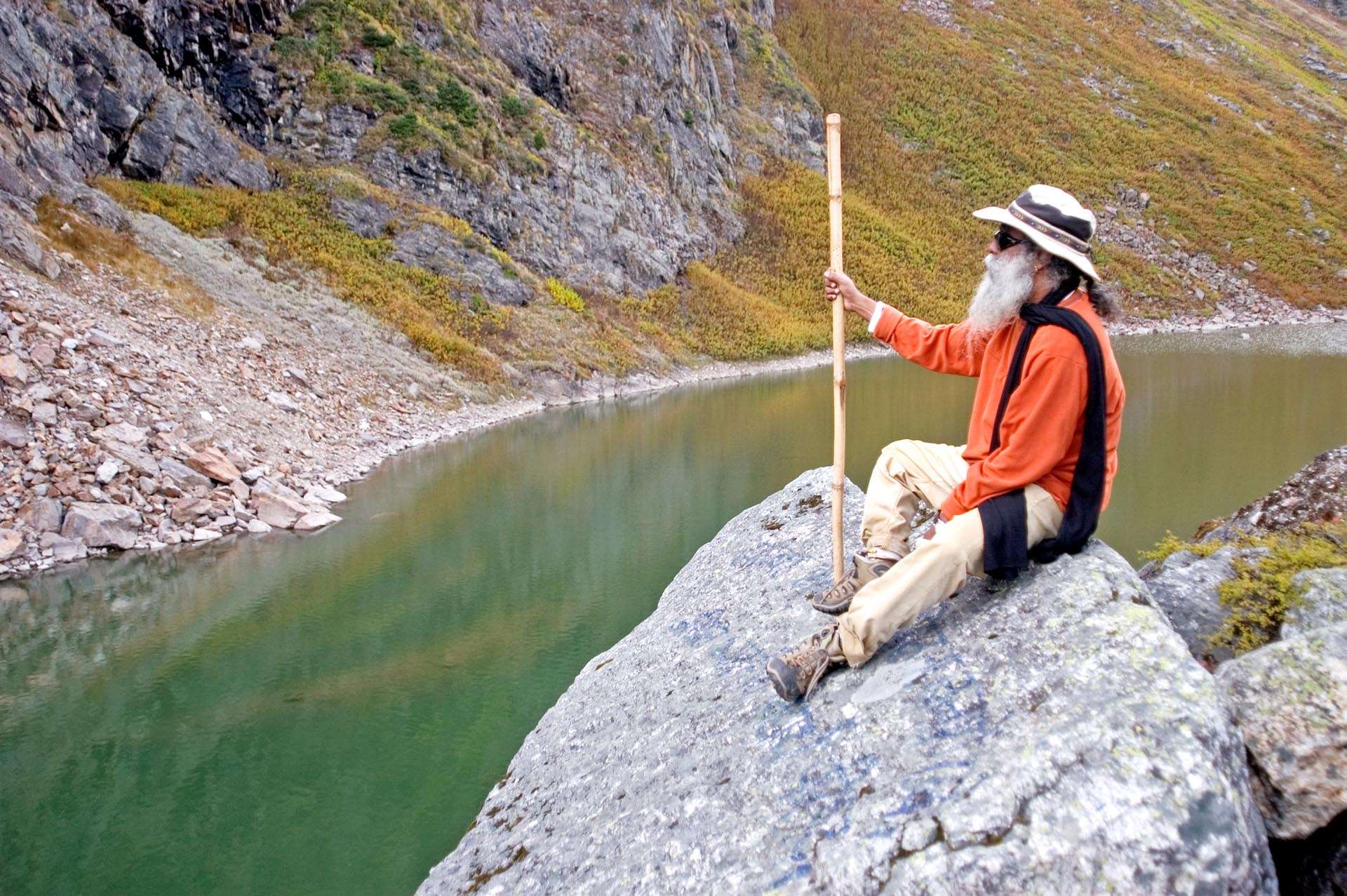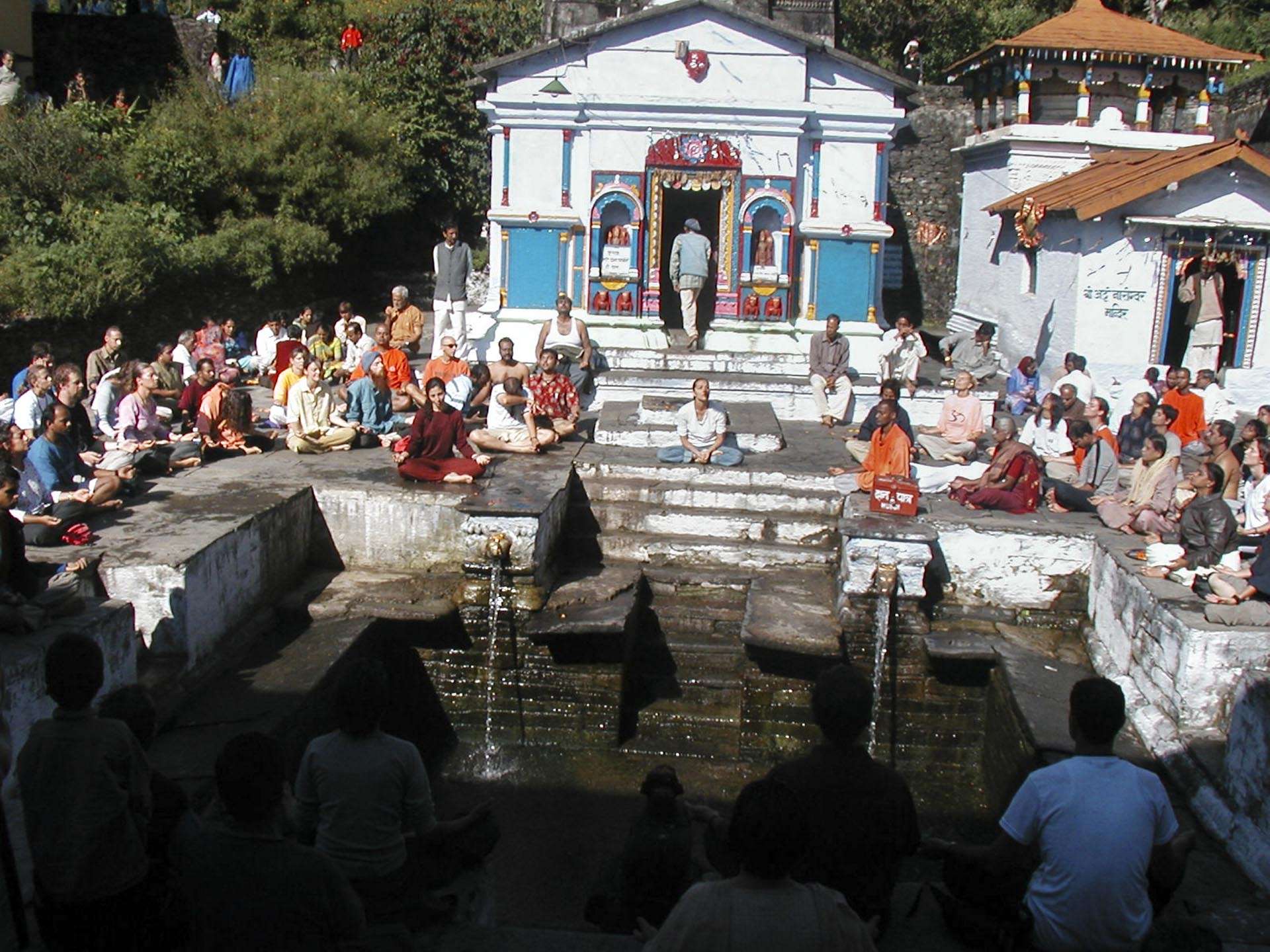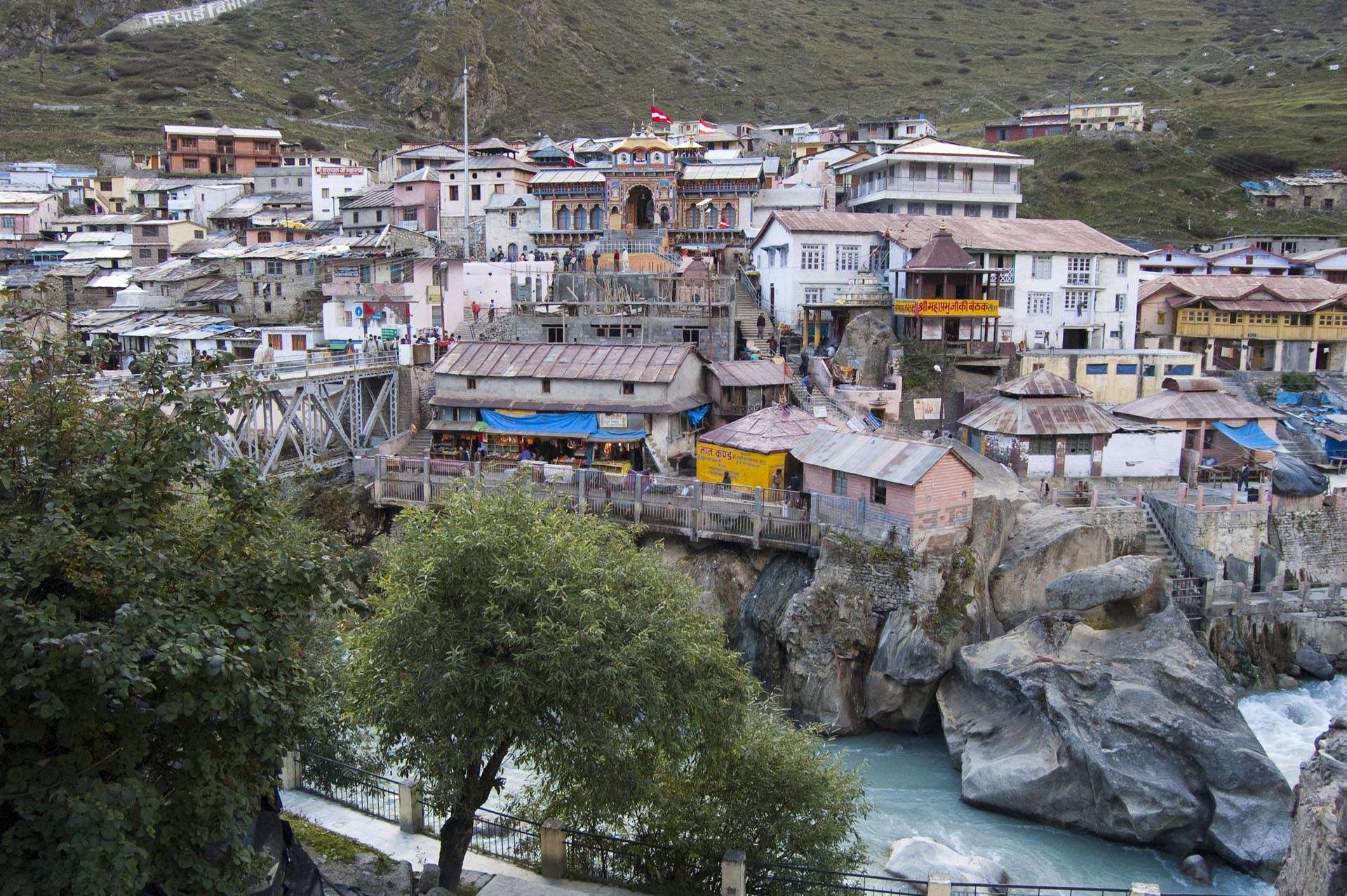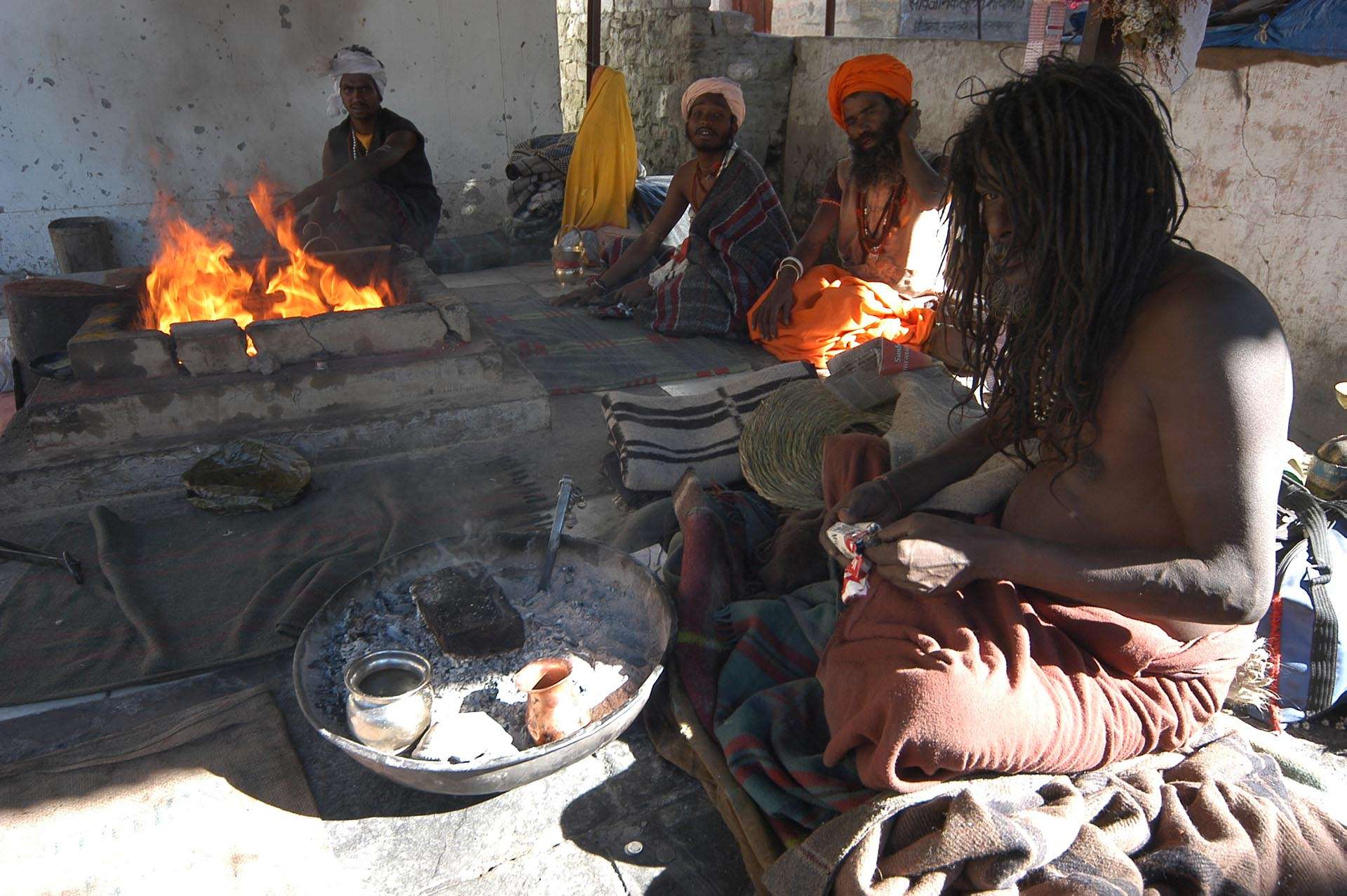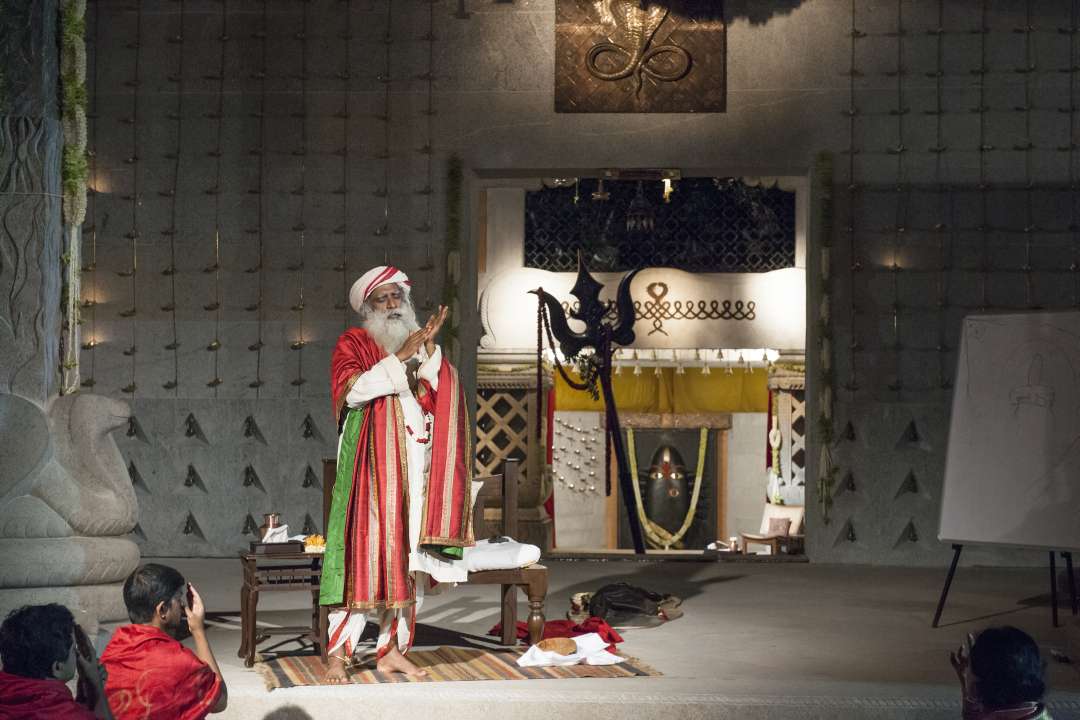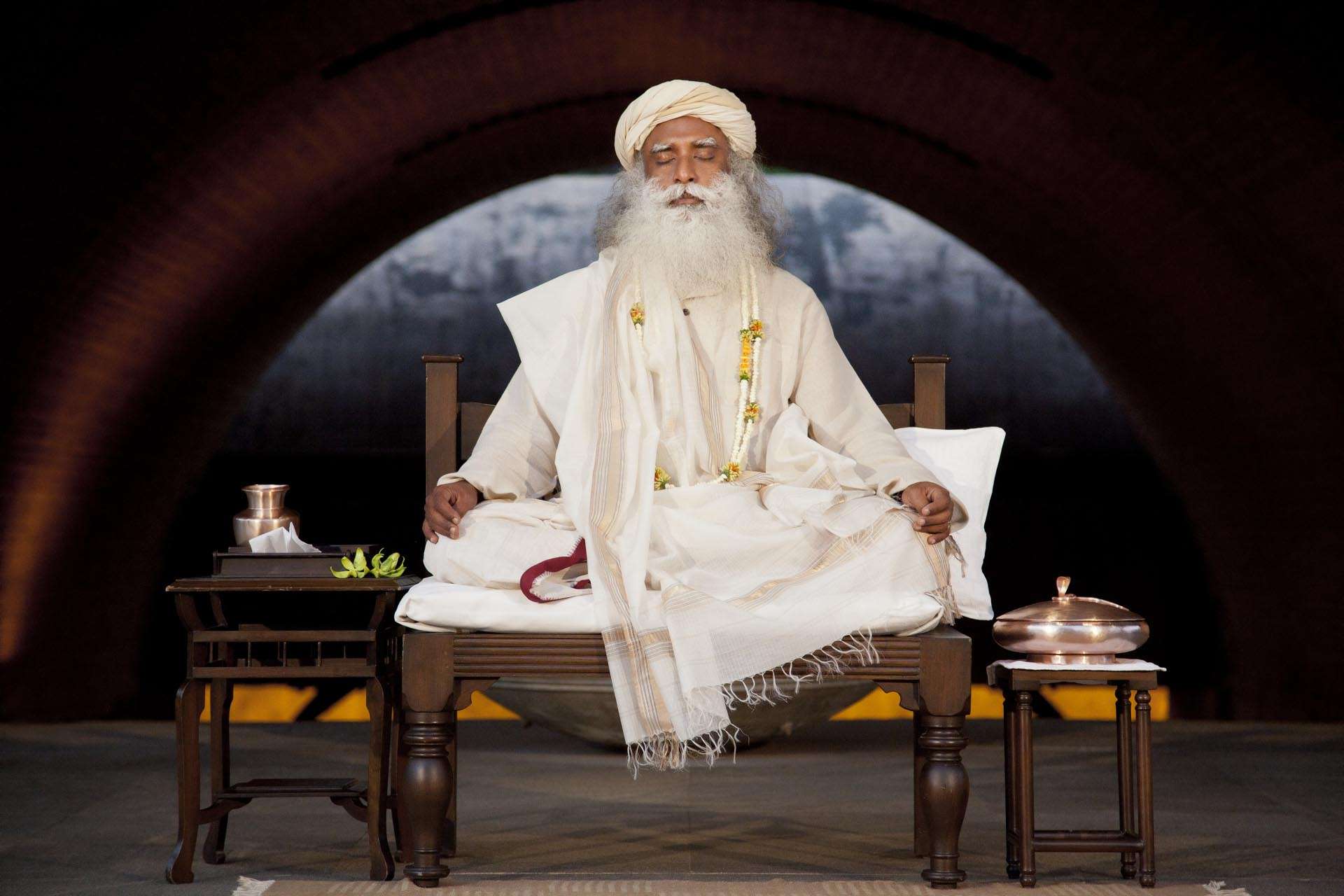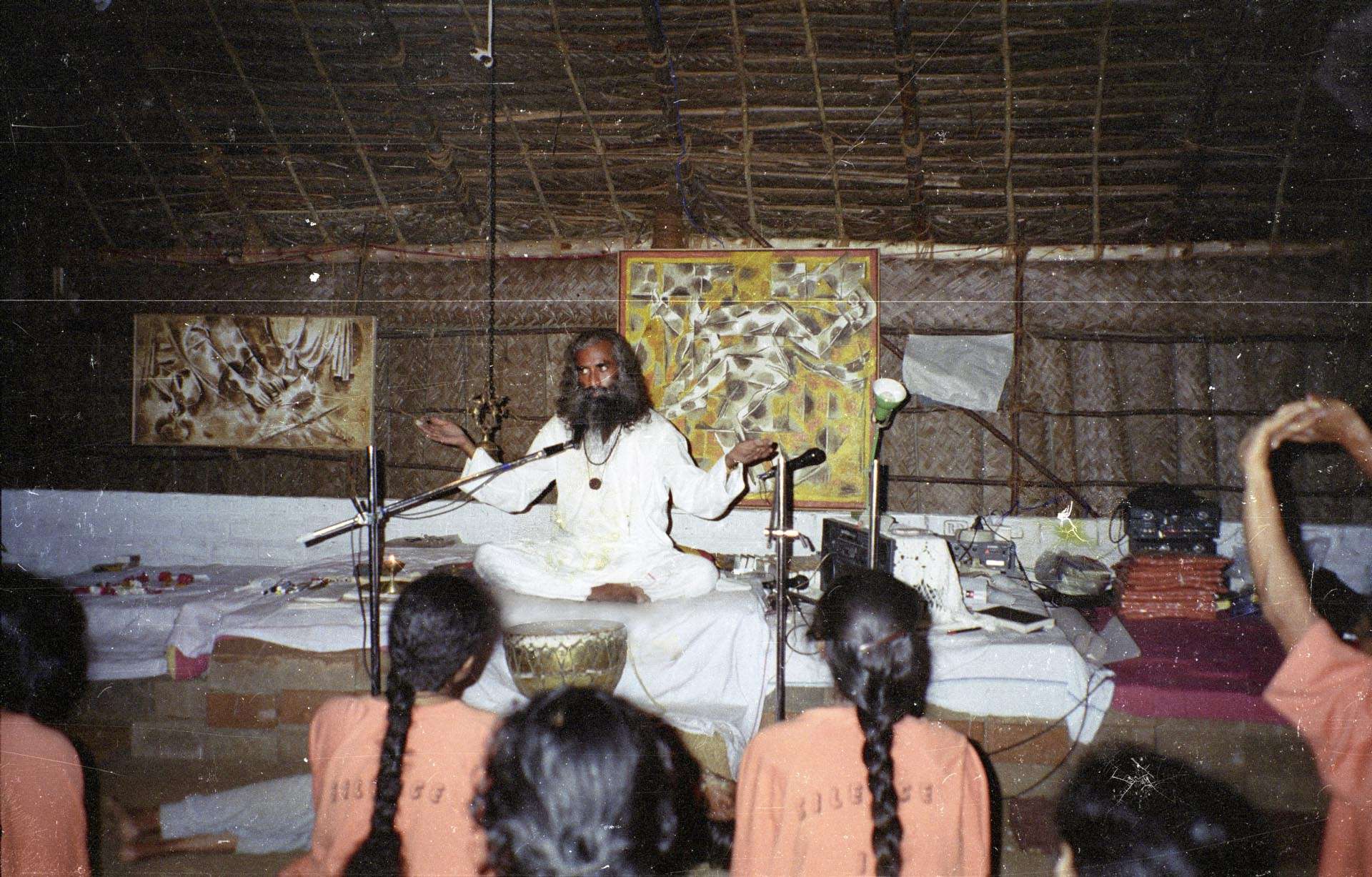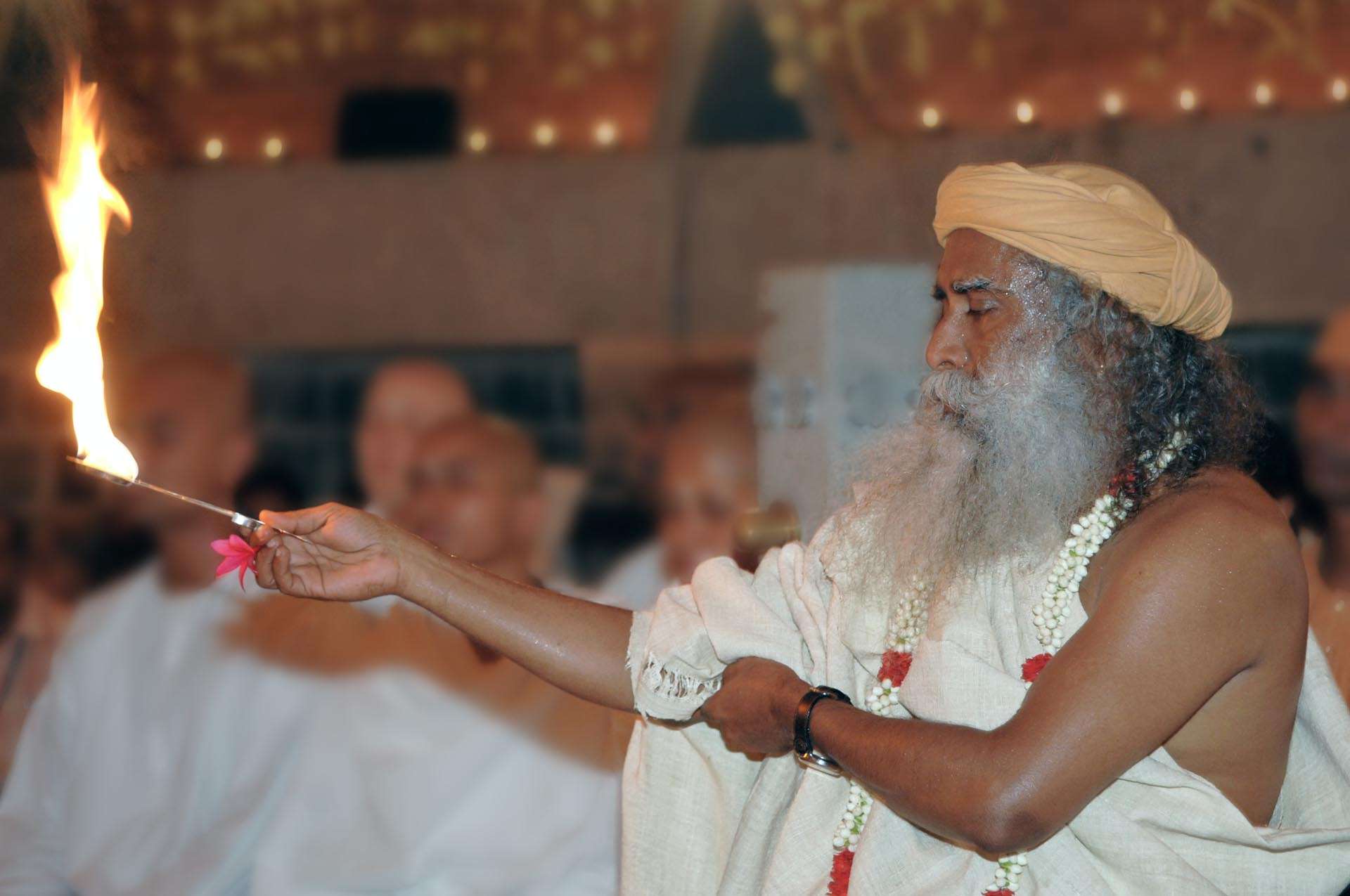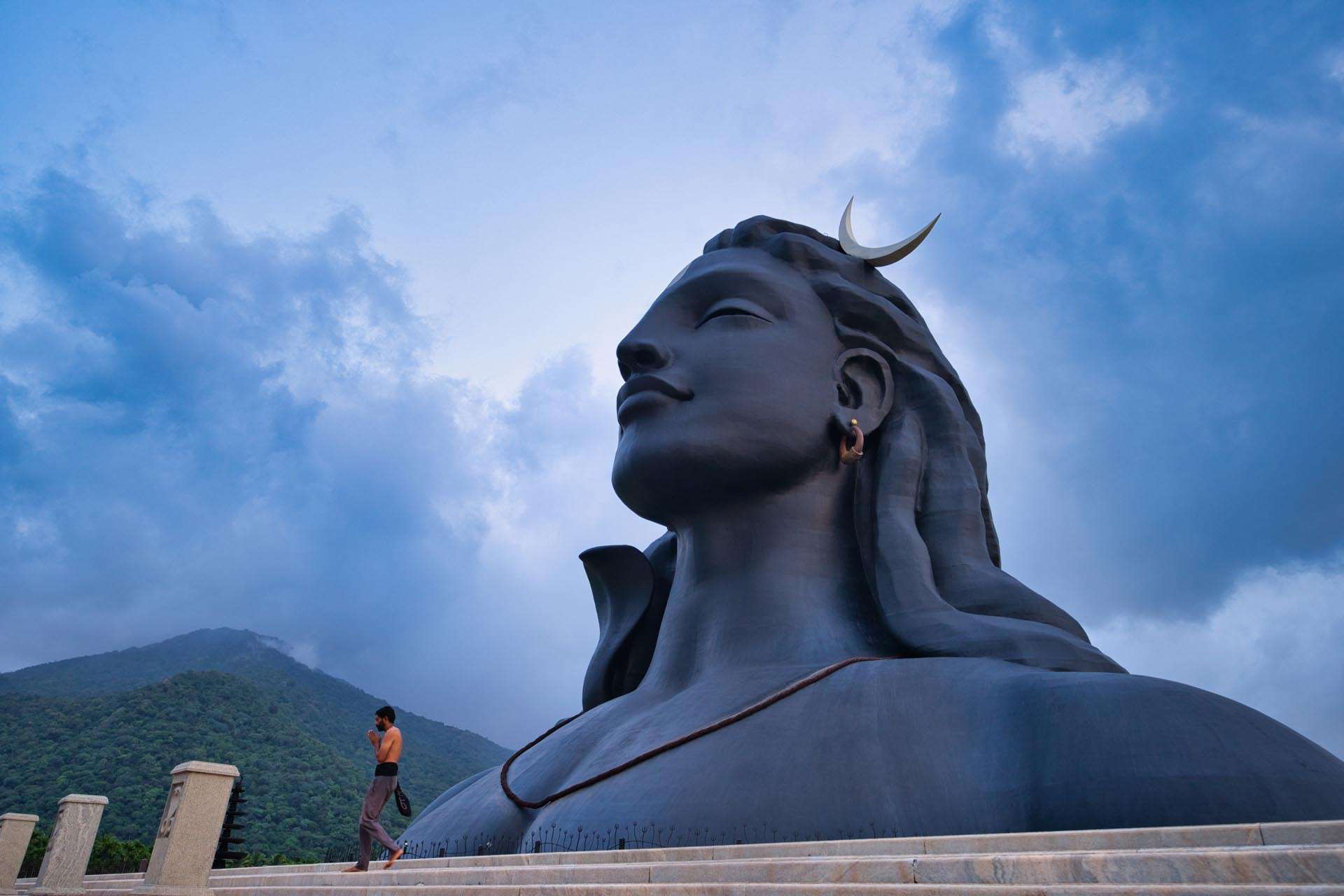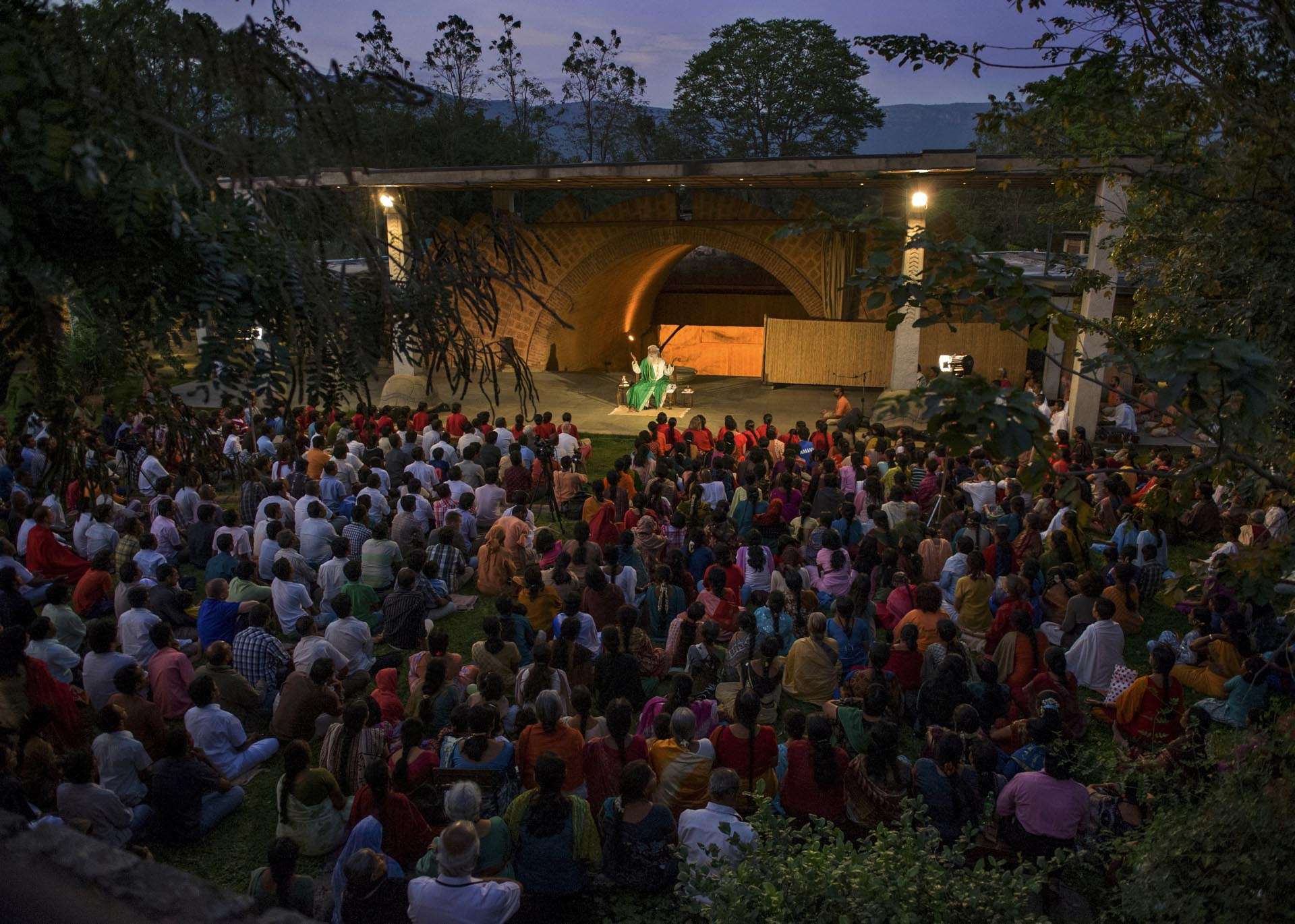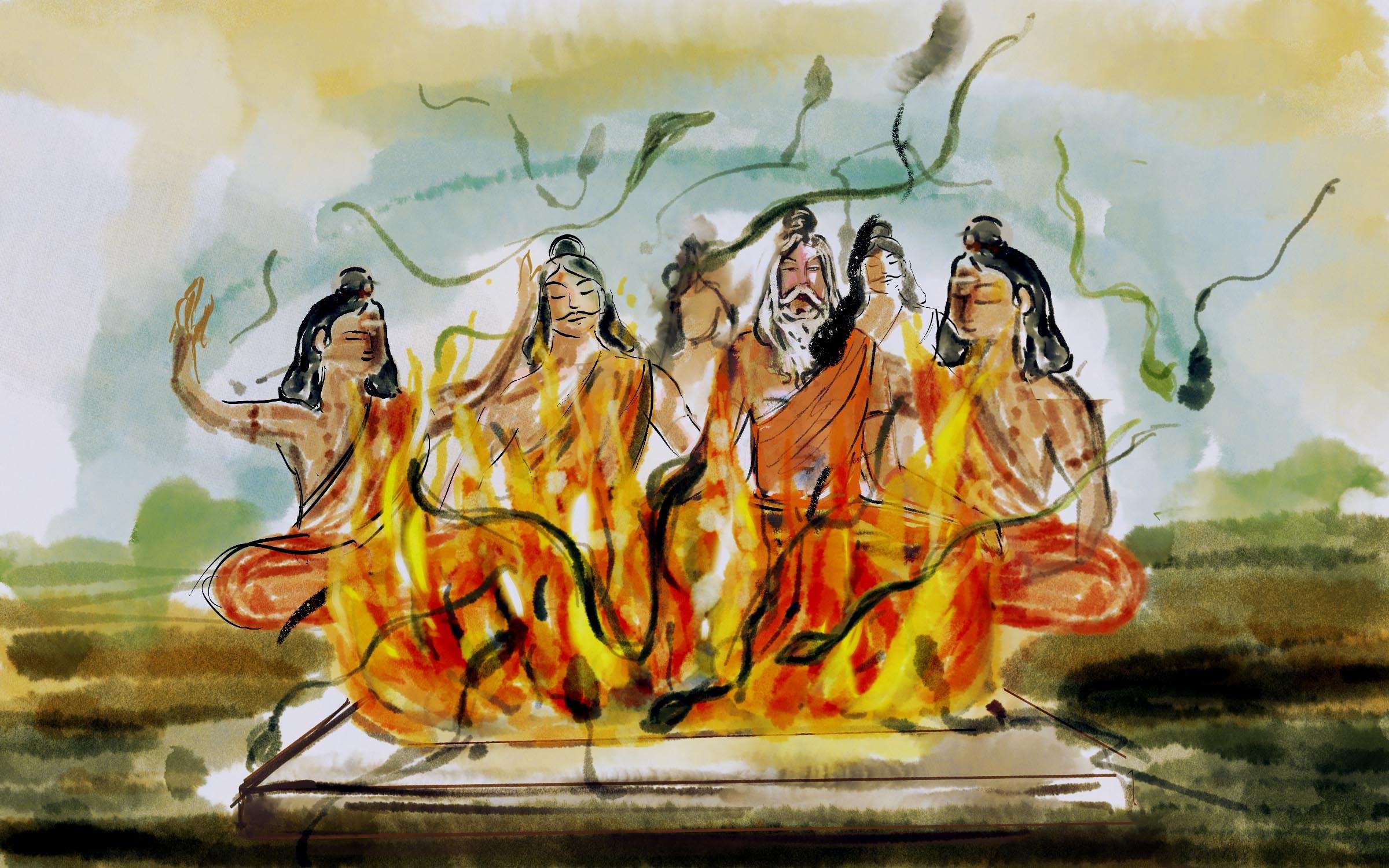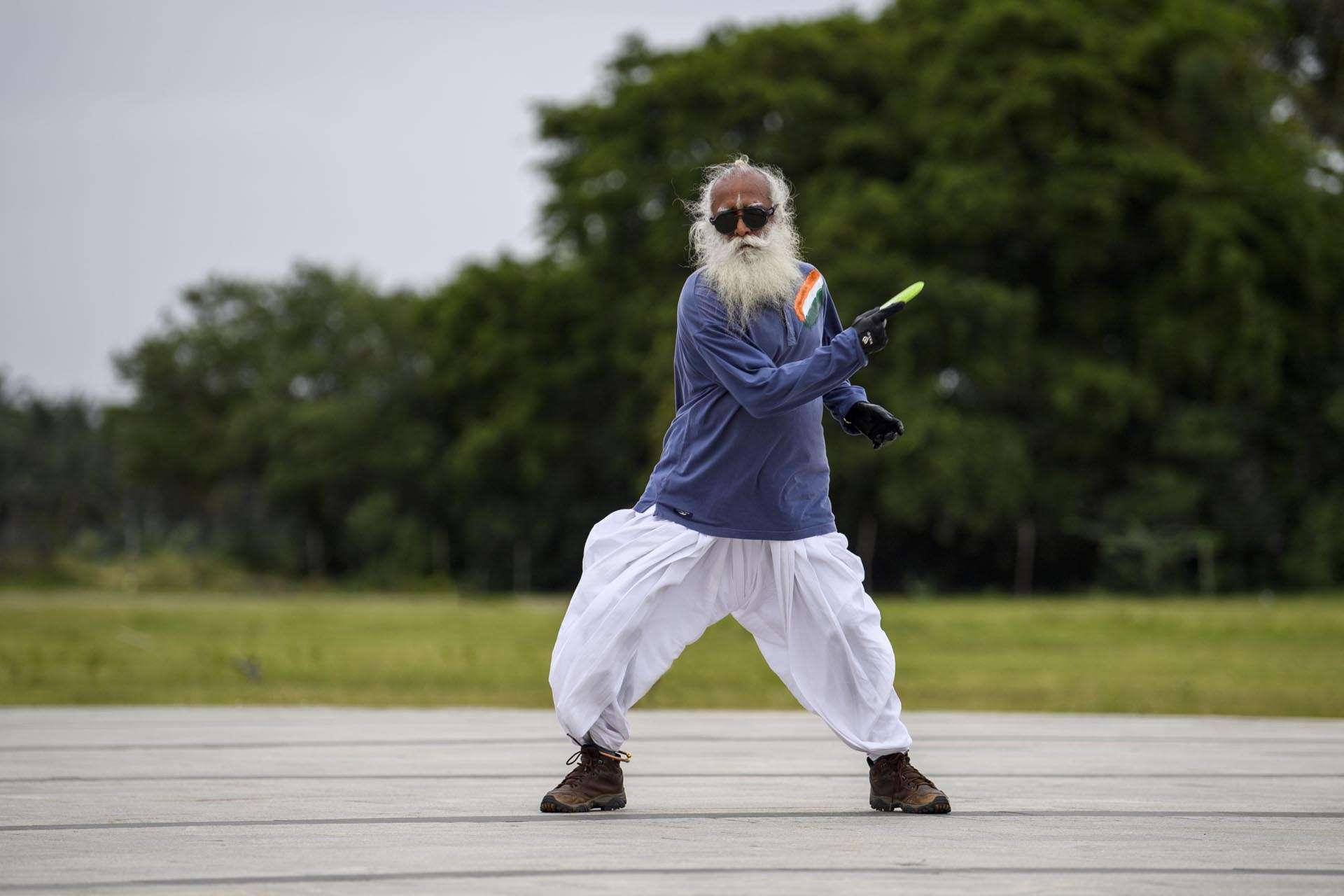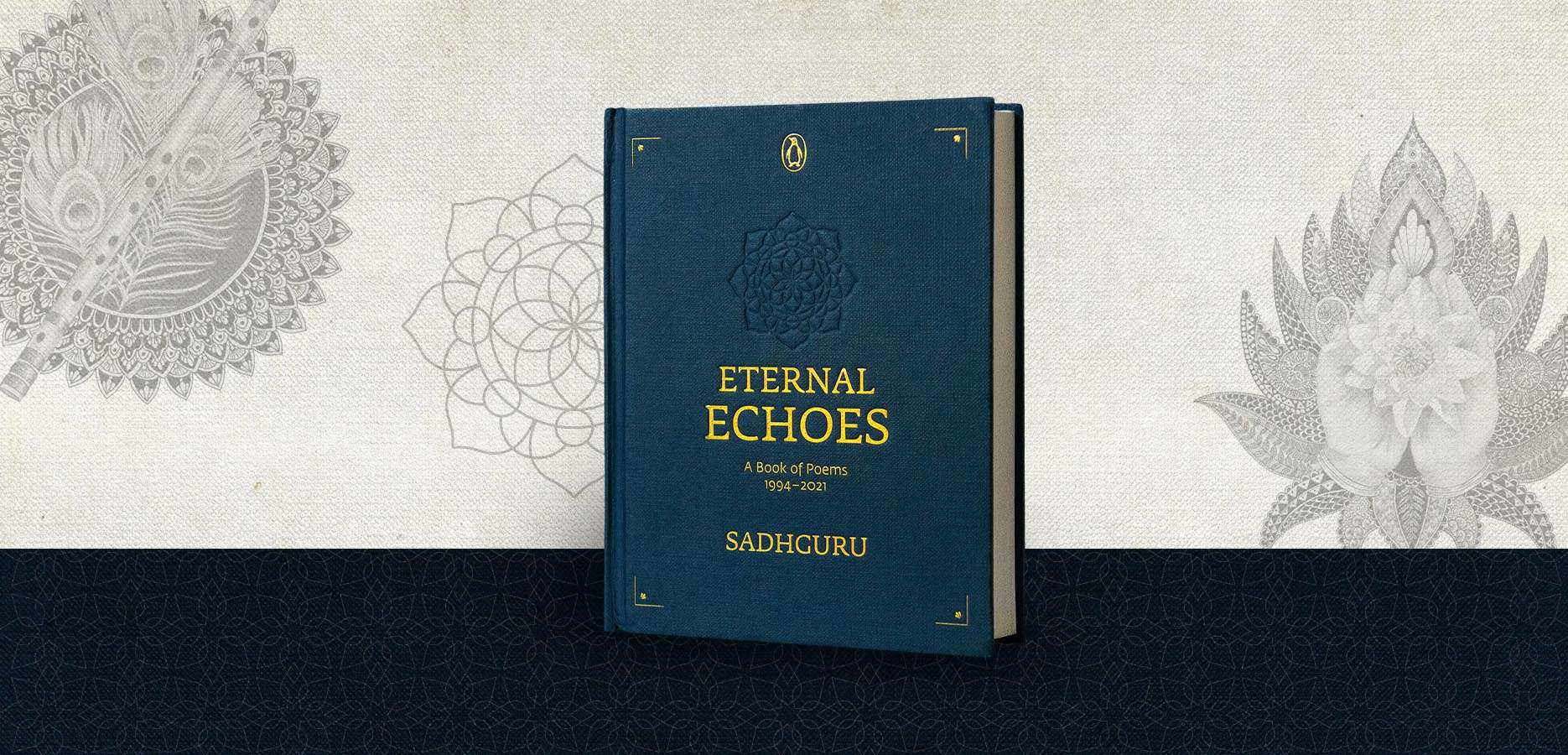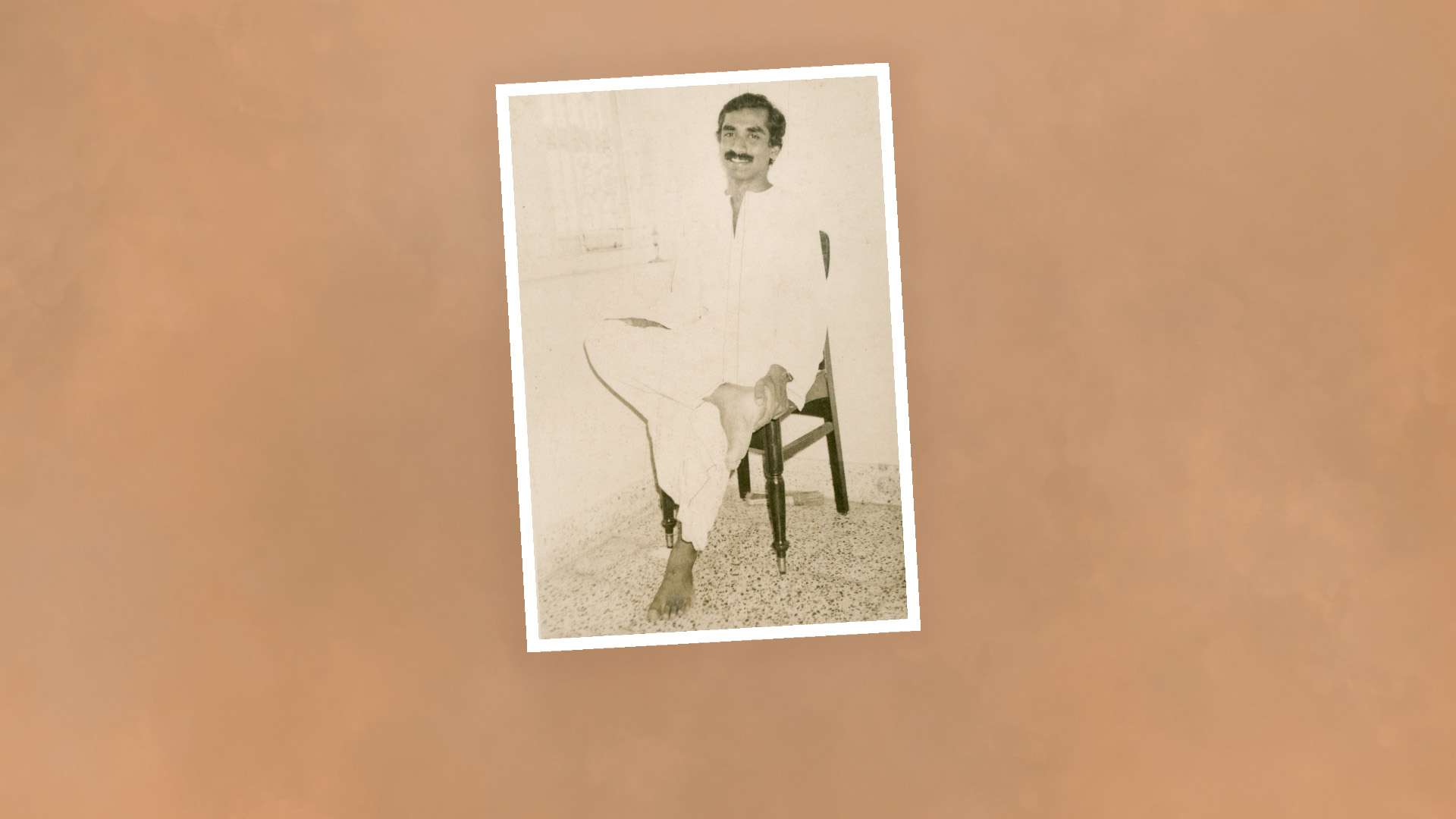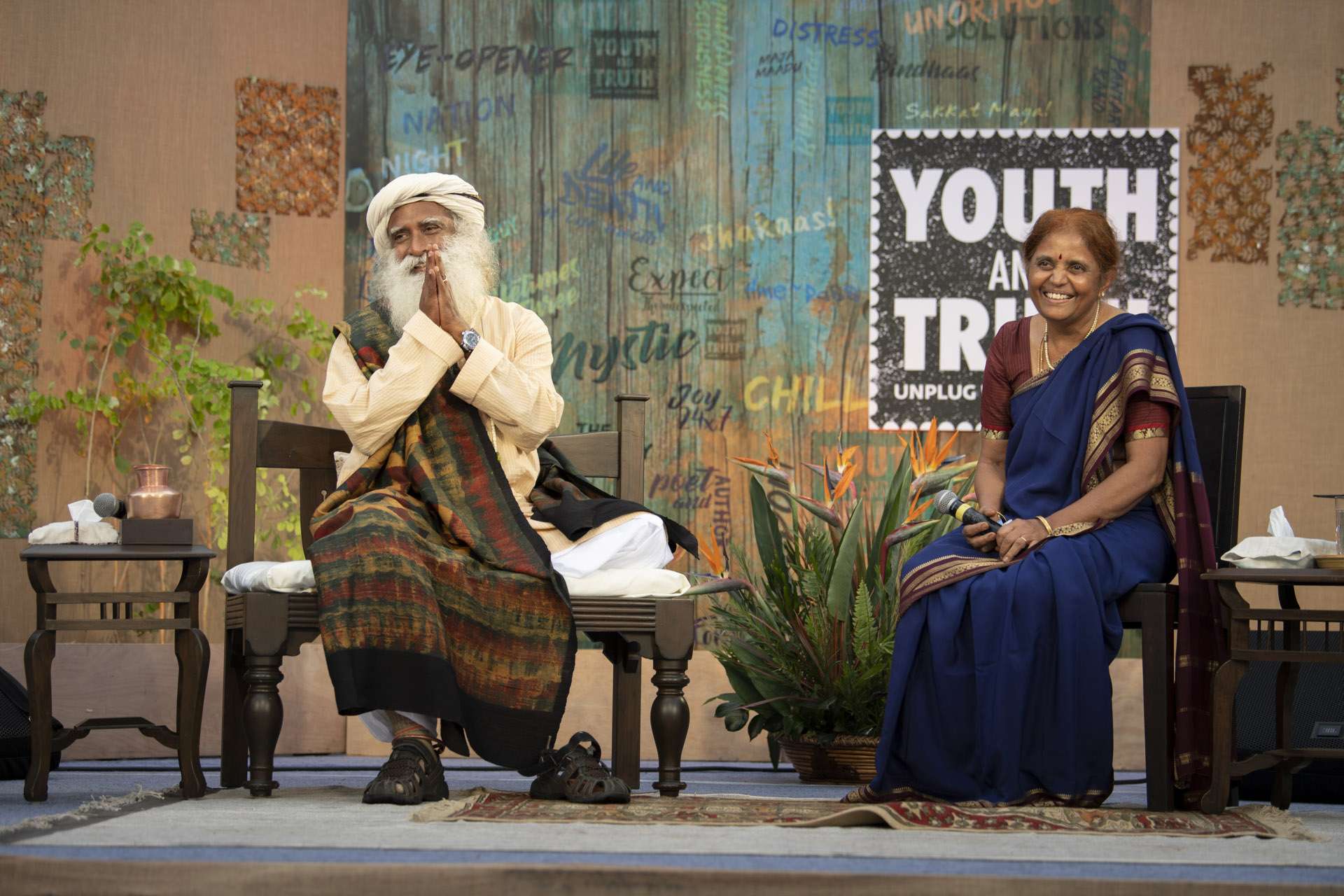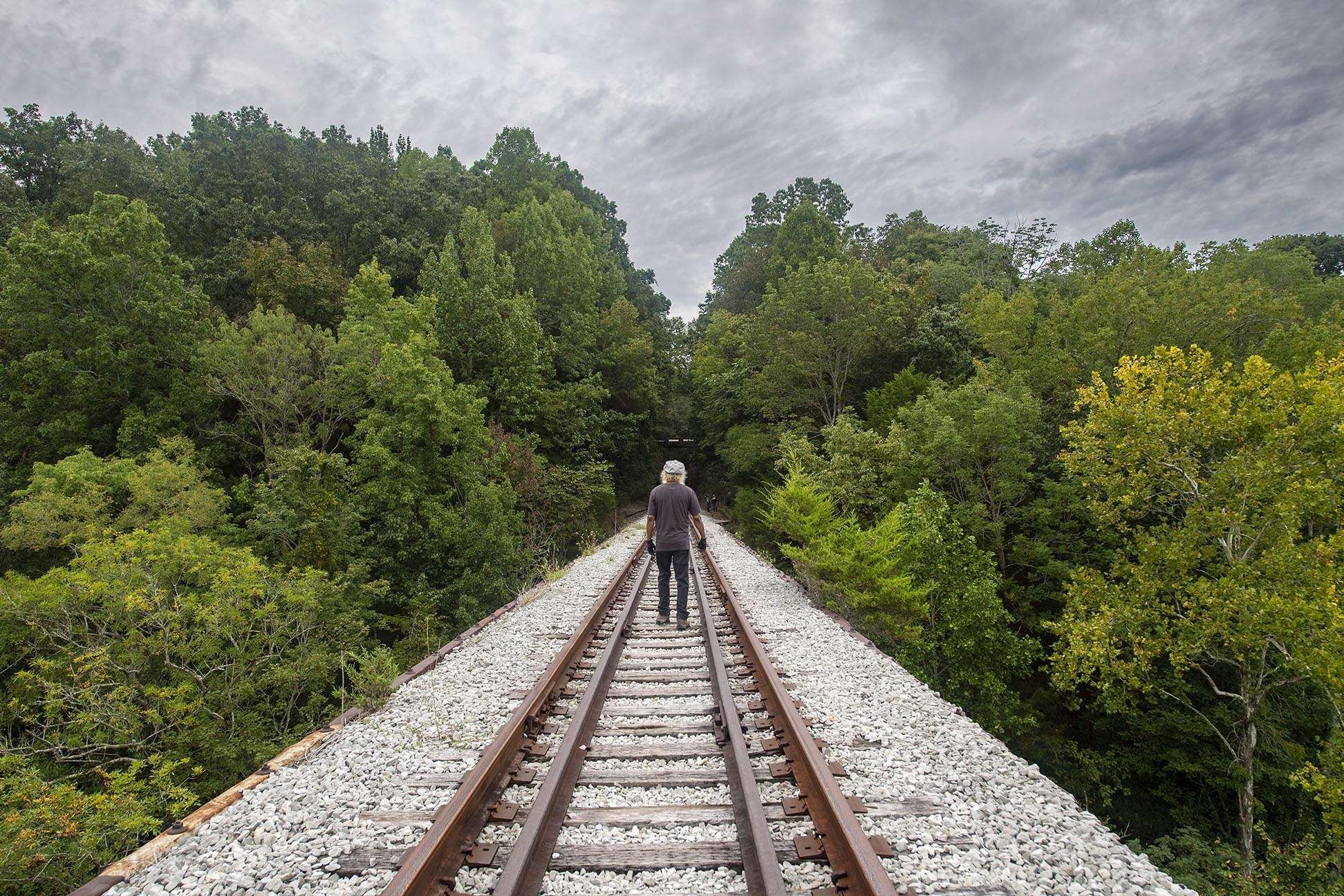Mountain Reunion
Sadhguru: The Himalayas, these magnificent mountains, have fascinated me from my childhood days. Many pictures and books came my way to fuel my urge to trek these vast mountain tracts. Though these mountains have inspired religious hopes and spiritual aspirations in many, I never looked at them in that sense.
In September 1993, I landed in Haridwar not knowing where I should go, and then started towards Badrinath. Sixteen hours of bus ride snaking through the mountains was most memorable – like finding my way back into the womb. Even now, I know almost every curve on that road. It was dark and cold when I reached Badri. I had absolutely no warm clothes – I was just wearing jeans, a T-shirt, and shoes. I managed to find a shelter when it began to snow.
The next morning, I came out for a cup of tea – it looked like that was the only refuge from the cold. I braced myself and walked on, finding my way to the chai kadai [1]. The room key that I held in my hand, which was numb with cold, slipped and fell on the ground. I bent down to pick it up, and what I saw as I looked up even the craftiest bard would fail to describe. I was in a valley that was pitch dark, but the snow-clad mountain peak was brightly lit in pure white by the golden sun. It completely overpowered me. All that I had heard, read, seen, and imagined fell woefully short of what was there before me. My tears were the only answer; then I knew these were the tears of reunion.
[1] Tea shop.
